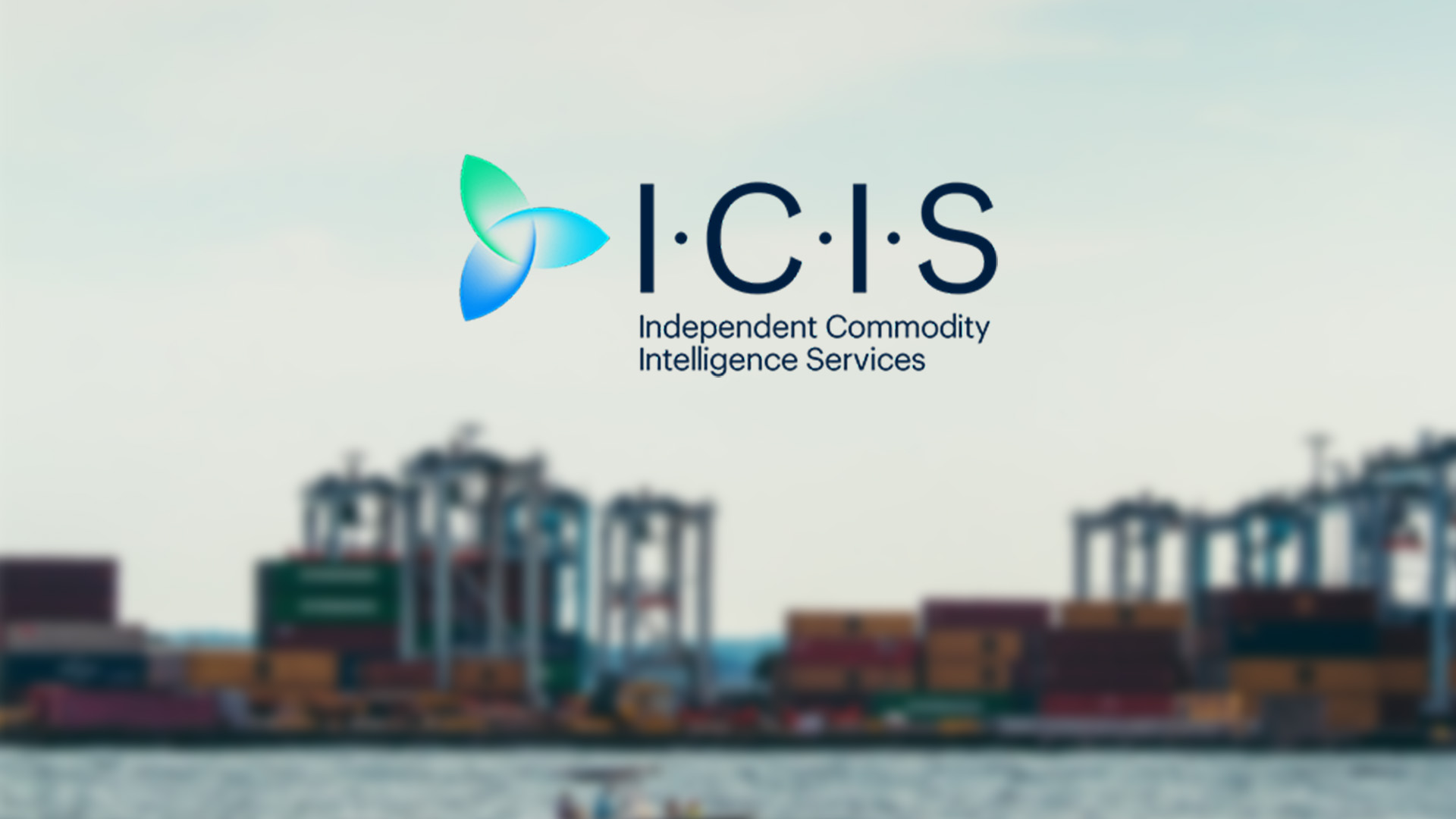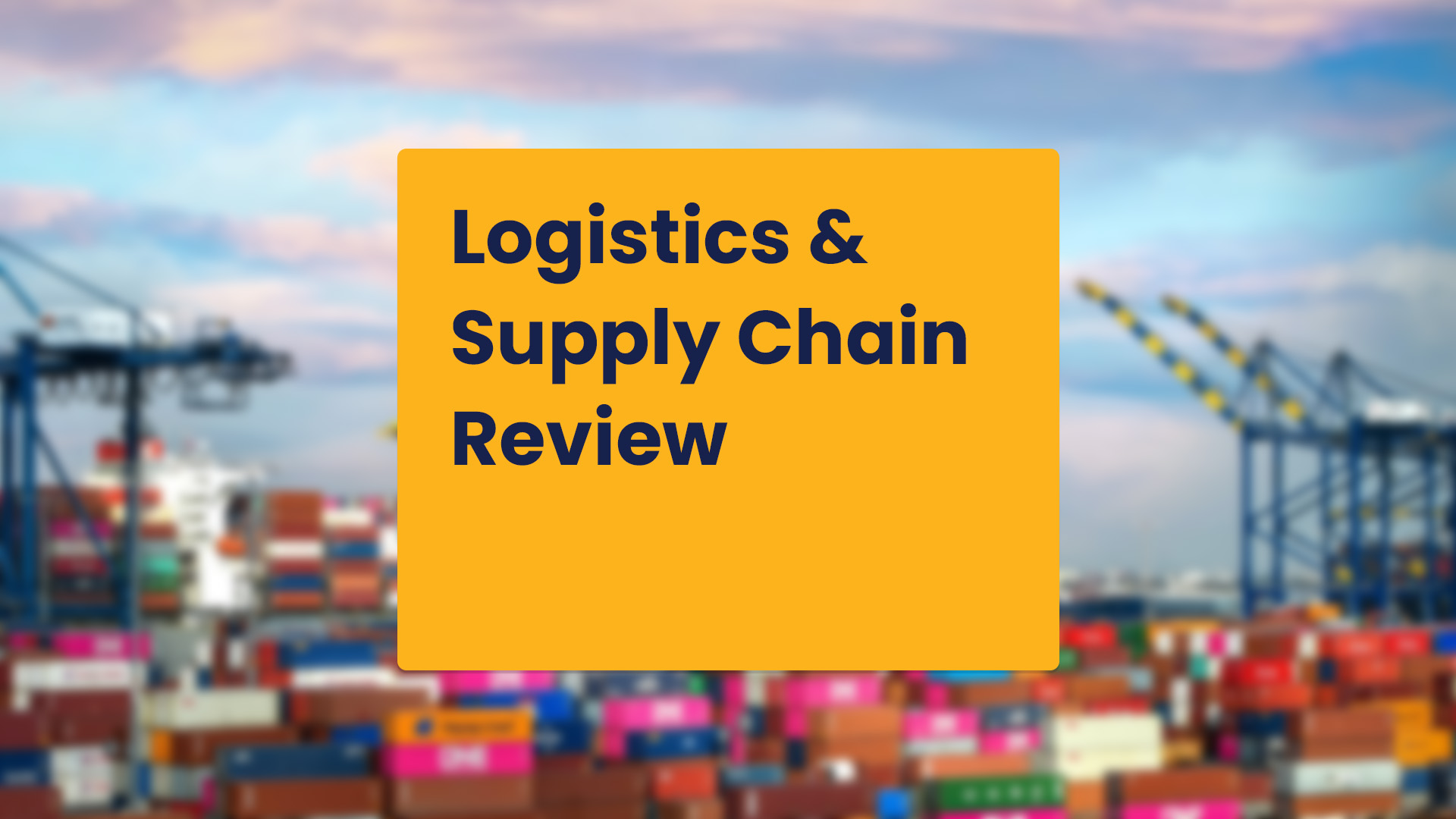Latest Tariff and Trade War Developments
This article is from TRADLINX and provides a detailed timeline of different trade developments. Here are some of the highlights:
1. U.S. Expands Steel and Aluminum Tariffs
- On February 10, 2025, President Trump signed a proclamation. This proclamation imposed a 25% tariff on all steel and aluminum imports. The tariff will take effect on March 12, 2025.
- This action removes previous country exemptions and extends to downstream products like fabricated structural steel. It affects major trading partners such as Canada, Mexico, Japan, South Korea, and the European Union.
2. Introduction of Reciprocal Tariff Regime
- On February 13, 2025, the U.S. announced a new tariff system. This system will target countries that have trade barriers against U.S. goods. The Department of Commerce is conducting an assessment, expected to conclude by April 1, to determine appropriate tariff levels for each nation.
3. Potential Tariffs on European Union Goods
- President Trump has indicated intentions to impose tariffs on products from the European Union. In response, the EU has offered to reduce tariffs on U.S. automobile imports to mitigate potential U.S. tariffs. Analysts suggest that if U.S. tariffs are enacted, the EU may retaliate with countermeasures against U.S. technology services.
4. China's Retaliatory Measures
- China has reaffirmed its 15% tariffs on U.S. coal and liquefied natural gas (LNG), as well as 10% tariffs on crude oil, agricultural machinery, and vehicles, effective February 10, 2025. Additionally, China has tightened export restrictions on critical minerals such as tungsten, tellurium, bismuth, molybdenum, and indium, which are essential for high-tech industries like semiconductors and defense.
China's purchases of chipmaking equipment to decline in 2025, consultancy says
Published in Reuters by Che Pan and Brenda Goh.
China's purchases of chipmaking equipment are projected to decline in 2025 after three consecutive years of growth, according to a report by TechInsights. The country's spending is expected to decrease by 6% to $38 billion, reducing its share of global purchases from 40% to 20%.
This downturn is attributed to overcapacity in mature-node chip production and increased constraints from U.S. sanctions, which have limited China's access to advanced chipmaking technology. Despite these challenges, Chinese companies like SMIC and Huawei have made advancements in chip production, though they face risks of oversupply in certain segments.
Domestic equipment manufacturers, such as Naura Technology Group and Advanced Micro-Fabrication Equipment Inc. China, are expanding their global presence but remain dependent on foreign technologies, especially in areas like lithography systems and testing and assembly tools.

What’s Your Supply Chain Vision for 2025?
Inbound Logistics compiled insights from industry experts on anticipated trends and developments in supply chain management for 2025. Some of the key projections include:
1. Resurgence of Localized Production
Companies are expected to increasingly adopt reshoring and nearshoring strategies to mitigate risks associated with global disruptions and geopolitical tensions. This shift aims to bring manufacturing closer to home, reducing lead times and enhancing supply chain resilience. To remain competitive, businesses will need to invest in advanced technologies and high-tech manufacturing processes.
2. Emphasis on Artificial Intelligence (AI)
AI is anticipated to be a defining element in supply chains by 2025, delivering tangible benefits across various processes, including predictive analytics, automation, and real-time optimization. Implementing AI will be essential for managing risks and maintaining competitiveness as supply chains become more complex.
3. Risk Mitigation and Tariff Management
While tariffs remain a concern, the more pressing issue may be the inventory positions companies adopt in anticipation of tariffs, potentially leading to overstocking or supply imbalances. Businesses are advised to focus on strategic inventory management to navigate these challenges effectively.
4. Shift Toward Regional Carriers
An increasing number of retailers are expected to shift volume to regional carriers, accelerated by actions from major carriers like UPS, FedEx, and USPS to improve profitability. As e-commerce parcel volume moves to regional and next-generation carriers, legacy carriers may attempt to enter new categories, such as medical delivery.
5. Emergence of Vertical AI
The era of generalized artificial intelligence is giving way to industry-specific, or vertical AI. These tailored systems are transforming processes and decision-making across sectors, including logistics, manufacturing, finance, and healthcare.
Get more articles like this in your inbox
Sign up for our monthly newsletter
Find more articles


